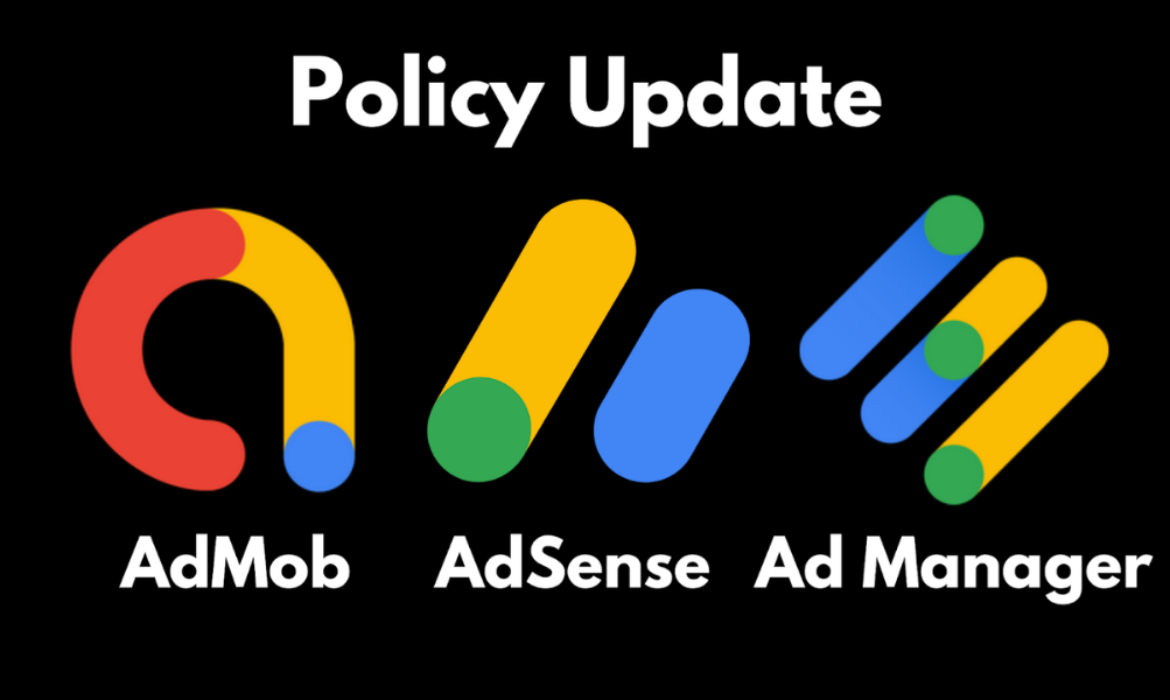Google Ends All Gossips: Revealed Fee Structure For Advertisement Tools
Since a long time now! People were keen to know the prices of advertisement with Google, especially after it declared its DSP, DV360. The speculations were high, as there are always some hidden charges, including taxes.

Image credit – marketingland
However, Google ended this ongoing gossip! By releasing a series of blogs and articles, it painted a clear picture by releasing its fee structure for its different portals.

Image credit – PeggyKSTipsandTricks
These portals included Display and video 360, Google ads, Ad Manager and its publisher tech. It is the first incidence where Google came out openly with its prices.
According to an aggregate data of 2019, if the advertiser spent $1 on the media with Google tech, the Publisher received a 69% share from that dollar. Whereas, the rest 31% is the profit gained by Google.
Reportedly, DV360( DSP) takes only 13% of $1 spent by an advertiser on media. On the other hand, Ad Manager charges an approximate of 18% of the dollar spent by the advertiser.

Image credit – Ezoic
However, with Google Ads, the campaigns include the display, it charges 14% of every dollar spent by an advertiser. The ad networks charge their advertisers on the bases of cost-per-outcome. However, they pay the publishers on a CPM basis. Therefore, the cost varies on average.
Google disclosed the direct and programmatic amount, which they charge from publishers.
In an analysis of top 100 news publishers, who are using Google, discovered that they directly or indirectly(through partners) sold three-quarter of their inventory to the company. In that setup, Google charges an approx 1% fee based on the ad requests volume.
For the advertisements, in the remaining quarter filled programmatically, Googles charge, for handling the impression was 16%. it also clarified, for any impression filled directly by publishers, Google only charges 5% of the total revenue.

Image credit – Cardinal Path
Although, there are a couple of warnings: While publishers use different DSPs to sell advertisement through multiple ad exchanges, they might be paying variable amounts for these advertisements. Through open biding, Google charges 5-10 per cent fee. However, advertisements sold by Ad Manager is charged with a 20% fee.
Also, it’s not yet clear how Ad-sense works in all this share proportion. According to previously shared data, Google takes with Ad Sense is around 68%. However, it wanted to clarify to the publishers that it doesn’t double charge them with its additional charges for Ad Manager.

Image credit – PPC Land
Why All of Sudden Google is so Transparent?
Well, Google wants to prove that it doesn’t fraud its users. Since a long time now, it has been suffering from allegations.
Also, there is suppose to be an antitrust case which is anticipated by the tech giant this year. During this time frame, several parts of its business will be under a minute check. The state attorney general and the Department of Justice is supposed to be meeting on Friday, to discuss the case. This information was provided by The Wall Street Journal. Hence, as Google is earning a large chunk of its revenue from Ads, it could be one of the things that the departments will investigate.
Last year, an antitrust paper released faulted tech giant on its in-efficiency of sharing end-to-end fees. In a statement, it stated, “No one (other than Google) has visibility into what happens between AdWords and AdX.”
Even the programmatic ecosystem was demanding a transparent approach from Google. Sellers and buyers started to realize that their contract with the company, doesn’t give a clear justification of fee, which Google charged them.

Image credit – Google Support
The transparency started flooding the market nearly three years ago. Some independent ad technology companies including Rubicon Project and AppNexus shared data on their take away share of the money. They did so to get rid of the pressure from the industry to reveal the hidden fees. After that, the Trade Desk decided to go public. Hence, they reveal their fees every year.
ISBA is frequently auditing the supply chains. All this, to uncover the hidden charges. Marketers and other tech buyers are demanding from Blockchain to provide them with log-level data. These are the clear indications that publishers and advertisers are looking for transparency. The tech giant is trying to address the issue by providing transparency to its advertisers.
DSPs Fobid Bid Duplication: New Fairplay In Programmatic Advertising.
Publishers use the exchange to bid on their behalf for ad impressions. Exchanges try playing smart by trafficking multiple bids for the same ad impression, to increase the probability of getting the bid. Their smartness failed them in this economic downfall and guided them towards extinction.
Due to high traffic, the cost to request bids has increased. The demand-side platforms were already under pressure, and economic situations made things critical. This led to the pounding of the concept of bid-duplication. Now, MediaMath is establishing a new supply chain that won’t include SSPs selling duplicate impressions. To make an example of that, last month, Trade-desk had already given notices to all the SSPs to demolish all the duplicate bids which are there for the same auction. The Trade-desk gave SSPs a two-week time frame which is further extended, but DSPs are expecting the SSPs to fall in line in time.
Joey Livesey, The Trade Desk director of partnerships EMEA said: “By tackling the bid duplication problem we’re hopeful that it will give publishers visibility into an egalitarian measurement of their SSP partnerships as adding another isn’t necessarily going to drive additional revenue for them in a big way.”
This could be a problem for some SSPs. As, Karim Rayes, chief product officer at Tremor International’s stated: “The clampdown does affect our SSP — as it does every other SSP out there — as we cannot send the full breadth of our supply to our buyers using these DSPs.”
Since the emergence of header bidding four years ago, publishers like Trade-desks were rewarded by DSPs for auction duplication. More bids for the same impression meant more revenue generations for a DSP. This crackdown of Trade-desk doesn’t remove the incentives completely, but in a manner reduces the extent of rewarding publishers for the usage of the same exchange several times.
Founder of ad tech consultancy, AdProfs, Ratko Vidakovic said: “I understand the economic rationale for why The Trade Desk is trying to flush outbid duplication but they’re doing so in a crude manner.”
Further, he stated that “The Trade Desk is asking publishers and SSPs to chop off branches to their supply in a way that treats them all equally when they’re not. One SSP might sell specific inventory, for example, so it’s just not about these partnerships being used to serve multiple bids requests for the same impression.”
It might be one of the reasons why MediaMath is applying a different approach for the SSPs it works with to suppress the use of bid-duplication. Now, DSPs will only be allowing those exchanges to place a bid that doesn’t barter various impressions to the identical publisher.
Jeremy Steinberg, from MediaMath, who is the global head of the ecosystem stated: “We’re more focused on precision when it comes to bidding duplication.”
Further, he said, “The aim is to work with SSPs and publishers on a partner basis to understand how we can leverage performance data alongside tools like sellers.json and SupplyChain Object to understand what’s the best impression for our clients.”
However, SSPs gave a positive response to the Trade-desk crackdown. CEO of Engine Group’s SSP EMX Global, Michael Zacharski, welcomed the decision as a positive approach towards a non-duplicative inventory.
“We believe that one impression should be sold one time from an individual exchange, but I don’t think we are yet in a world where publishers sell inventory through just one exchange or source,” stated Zcharski. “Cost reductions up the funnel on the buy-side will shift dollars towards stronger alliances between buyers and sellers creating a need for more custom and flexible marketplaces on top of a simplified supply chain.”
Integrating multiple wrappers to duplicate bids made events doubtful, and unfairly exploited for programmatic auctions. This kind of process will no longer be tolerated and will be screened efficiently. But, the basic proposition of heading bidding — allowing publishers to execute concurrent auctions for analogous impressions — isn’t going off.
Founder of programmatic consultancy Jounce Media, Chris Kane stated:
“What’s clear is that The Trade Desk is using its market power to change incentives for publishers and ad exchanges.” He further added, “Sellers will do what buyers reward, and we are beginning to see buyers reward more efficient supply paths.”



